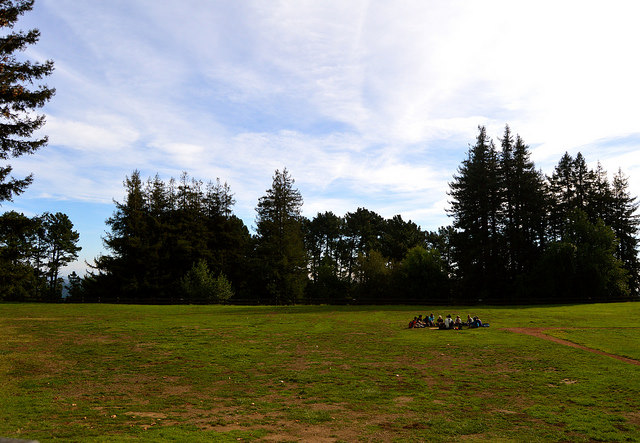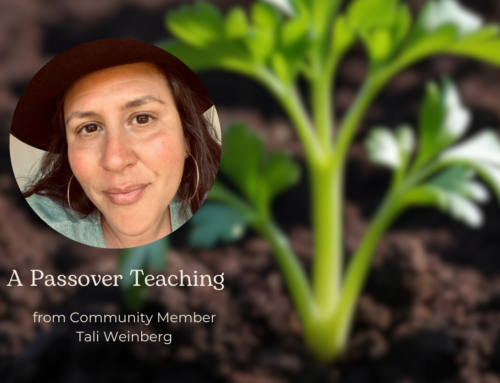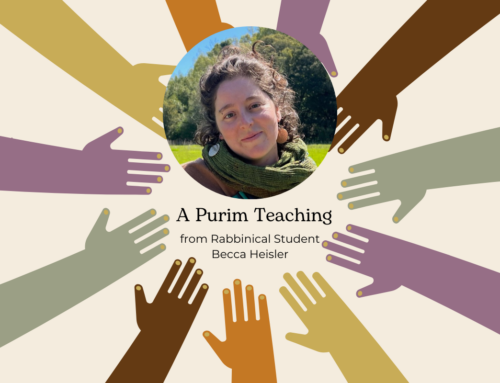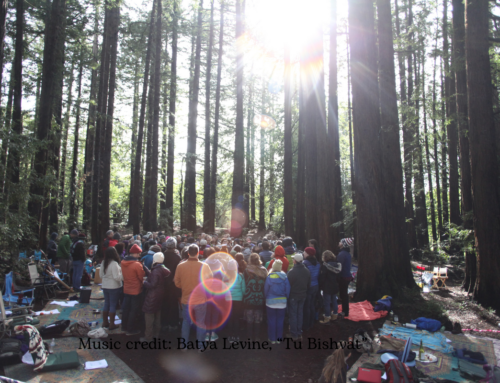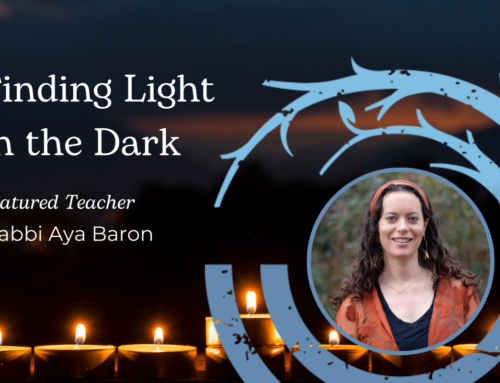by Zelig Golden
21 Cheshvan 5768 | November 2, 2007
In this week’s Parsha, Isaac meets his bride, Rebecca. Their love at first sight moment may be the climax of the story, but possibly even sweeter is that Isaac encounters Rebecca while praying in the fields: “and Isaac went out to su’ah in the field before evening…” (Gen. 24:63). Based on this Genesis passage, the traditional afternoon prayer service – mincha – has been attributed to Issac’s early evening walks in the fields.
The meaning of su’ah, traditionally interpreted as prayer, however is not so clear. Some translate su’ah to mean meditate, supplicate, yet others liken it to “tree,” as found earlier in Genesis: “Now all the trees (si’ah) of the field were not yet on the earth and all the herb of the field had not yet sprouted, for HaShem G-d had not yet sent rain upon the earth and there was no man to work the soil.” (Gen. 2:5). Rabbi Shmuel ben Meir (Rashbam) suggests that what Issac was actually doing in the field was planting trees as well as checking up on his agricultural efforts. (Gen. 24:63).
What’s the connection between planting trees and praying or mediation in the fields? The Great Rebbe Nachman of Breslov’s instruction, that we should go outside alone each day and cry out to G-d alone (a practice called hitbodedut), helps us to understand. Prayer alone in the natural world connects us to Divine, spiritual energy flowing from G-d in nature. It is in this place that we can truly reconnect to the Source and to ourselves. Isaac’s early evening ritual instructs us – through his connection to nature, he plants the seeds of his future. It is in this moment alone, with G-d in the field, that he can encounter his future with Rebecca and find love.
While it is an essential teaching that we are to gather and pray in community, it is also powerful to connect with G-d alone in nature. By going out and touching G-d’s creation in this way, we may more readily grow the trees of our own lives as we grow closer to G-d.

